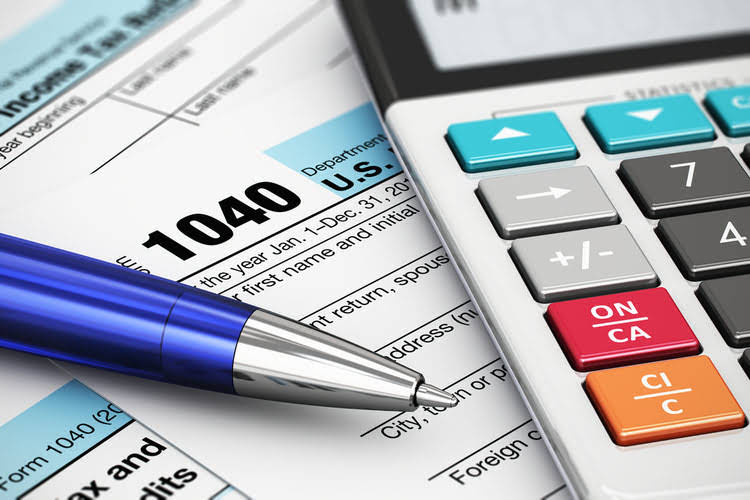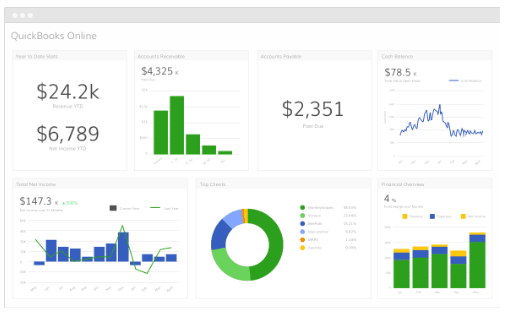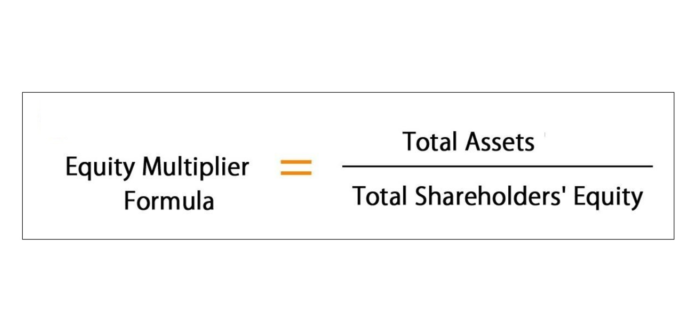Weighted average number of shares outstanding definition, explanation, examples

Insiders hold restricted shares not available for public trading, and openly traded shares make up outstanding shares. Outstanding and treasury shares are two distinct terms relating to a company’s equity. Outstanding shares refer to the total number of shares issued and currently held by shareholders. Basic outstanding shares refer to the total number of issued and outstanding shares of a company’s equity.

Included in the Weighted Average:
The number of outstanding shares can change over time due to 6 main factors. The six main factors are stock issuances, stock buybacks, stock splits, stock dividends, conversion of securities, and Mergers and Acquisitions. Outstanding shares are the total quantity of shares of a company’s stock issued and owned by institutional investors, individual investors, and insiders. There are two categories of outstanding shares, common and preferred shares. They allow shareholders to vote on https://dev-thrivepluse.pantheonsite.io/2025/04/18/understanding-net-cash-flow/ company decisions and collect dividends if declared but are the last to receive the assets in the event of bankruptcy.
How to Calculate the Number of Shares a Company Has
- It includes the shares owned by company management, shareholders and institutional investors such as hedge funds.
- This calculation is frequently employed in financial analysis to determine various financial ratios, like earnings per share (EPS) and price-to-earnings (P/E) ratio.
- The number is used to calculate many common financial metrics, such as earnings per share (EPS) and market capitalization.
- Whenever warrants are activated, stocks outstanding increase while the number of treasury stocks decreases.
- Once you have collected the total number of preferred shares, common shares outstanding, and treasury shares, you’re ready to do your calculation.
- Outstanding shares and float stock are both key indicators used to evaluate a company’s stock, but they represent distinct aspects of the company’s ownership structure.
- Besides, it can be helpful to understand where the numbers you’re looking at came from.
The Treasury Stock Method assumes that the Company takes all the option proceeds and repurchases shares in the Stock Market. When employees exercise their Options, they pay the Strike Price and receive shares in return and the Company receives the Option Proceeds payment. We pro-rated the weighted average number of shares according to their duration.

Calculation of “Weighted Average Shares Outstanding”
For example, Berkshire Hathaway’s Class B shares are non-voting and offer lower voting rights than their Class A shares. Companies issue non-voting shares to raise finance while preserving voting power in a small group of shareholders, usually the founders or management team. This chapter combines the previous concepts by teaching you how to create a value-weighted index. This index uses market-cap data contained in the stock exchange listings to calculate weights and 2016 stock price information. Index performance is then compared against benchmarks to evaluate the performance of the index you created. When making a weighted average calculation, one computes an average of several numbers by assigning a suitable weight to each unit number to make it an equivalent contributor to its total.

The Repurchased Shares offset the new shares created by the Option Exercise. Now that we’ve laid out the basics, let’s dive into Options to see how they increase the Share Count. As we’ll see shortly, both Options and Restricted Stock can add new shares to the Share Count. Unlike with Options, when Restricted Stock vests, the employee receives new shares.
Companies that have simple capital structures only need to report basic EPS. Those with complex structures, including potential dilutive securities, must report both basic EPS and diluted EPS. Let us understand the advantages of diluted shares outstanding through the discussion below. Investors often track changes in outstanding shares as part of their broader analysis when making investment decisions. Understanding the dynamics of outstanding shares is integral to comprehending a company’s financial health and market position.
How does Outstanding Shares work?
- Outstanding shares are vital because they can determine market capitalization.
- This can occur when a company needs to generate funds via a public offering or private placement.
- Public companies are required to report both Basic and Diluted Shares, which they use in their calculation of Earnings Per Share (EPS).
- It will result in a decrease in the shareholding percentage of the existing outstanding shareholders of the company.
- Total outstanding shares represent the number of shares of a company’s stock that are currently held by all its shareholders, including institutional investors, company insiders, and the public.
There are specific components in companies that have the option to convert into shareholders’ equity. The most common diluted shares outstanding are convertible Bonds, convertible preferred stocks, and employee stock options of a company. Calculating the number of shares of common stock outstanding is an essential component in understanding the financial health and value of a company. The number of outstanding shares represents the total amount of shares that are held by investors, corporate insiders, and other institutions. This information is crucial for both investors and company management to evaluate market capitalization, ownership distribution, and the potential for issuing new shares. Shares outstanding include shares owned by retail and institutional investors and restricted shares held by company officials and employees.
What are Fully Diluted Shares?
However, to learn how to calculate outstanding shares, you must figure out the authorized and treasury stock, especially if you don’t have all the balance sheet information. When calculating EPS, taking into consideration only the number of common shares outstanding at a period’s end would represent a skewed version of earnings, thus distorting a company’s outlook. A company, while computing its earnings per share (EPS) for a defined period, derives the result by dividing the profit generated with the total number of shares outstanding. Here, apart from its profit factor, its earnings can also be affected by the shares outstanding, which is subject to change over time calculate number of shares outstanding due to multiple factors.
- Investors use outstanding shares to gauge a company’s size and compare it with peers.
- If the Company buys back the shares, they are treated similarly to the shares issued, but on the opposite, the shares are reduced from the calculation.
- Weighted averages are also used in other aspects of finance including calculating portfolio returns, inventory accounting, and valuation.
- Stock warrants, like stock options and SIP grants, fall under a similar category – they are not included in the calculation until exercised.
- The balance sheet is a financial statement issued by the company that provides a full accounting of the company’s assets, liabilities, and shareholder’s equity at a particular moment in time.
EPS is used by investors, analysts, and regulators to assess a company’s profitability on a per-share basis. Let us understand the different types of outstanding shares equation through the explanation below. Assuming all option holders exercise, Company A would issue 10 million shares. With the $50 million in cash, in theory it could instantly repurchase 5 million shares at $10 each. Obviously, those option https://www.bookstime.com/articles/taxpayer-bill-of-rights-understanding-your-rights-as-a-business-owner holders in theory could exercise their options to create new shares. Should they do so, however, they would also contribute $50 million in cash to the corporate treasury.
